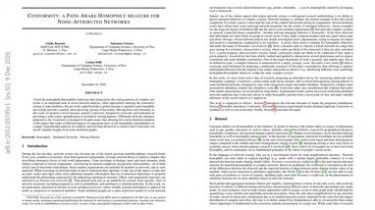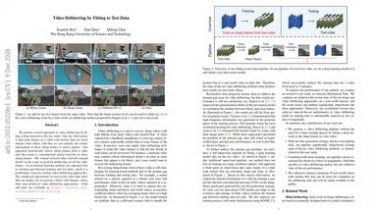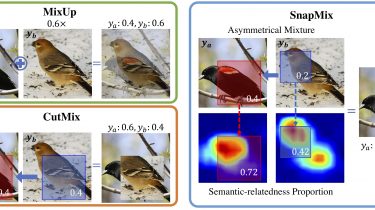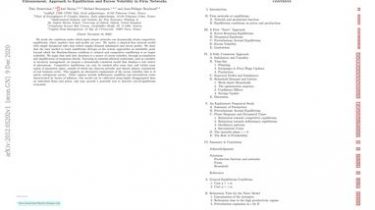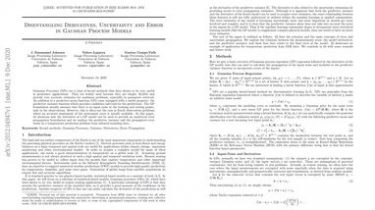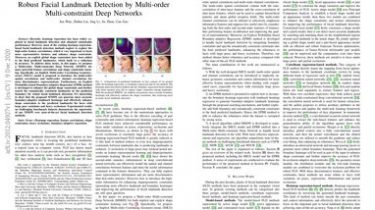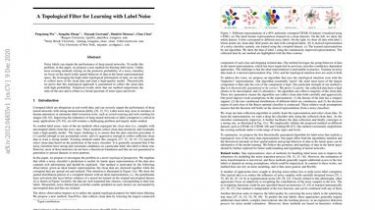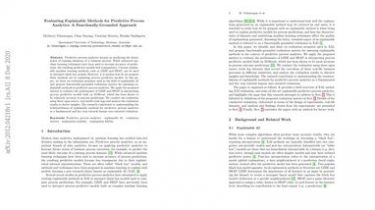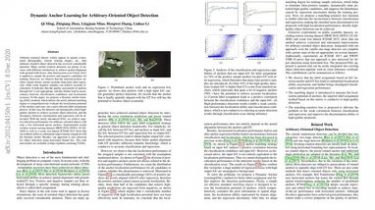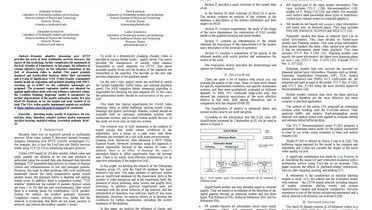Conformity: A Path-Aware Homophily Measure for Node-Attributed Networks
Unveil the homophilic/heterophilic behaviors that characterize the wiring patterns of complex networks is an important task in social network analysis, often approached studying the assortative mixing of node attributes. Recent works underlined that a global measure to quantify node homophily necessarily provides a partial, often deceiving, picture of the reality… Moving from such literature, in this work, we propose a novel measure, namely Conformity, designed to overcome such limitation by providing a node-centric quantification of assortative mixing patterns. Differently from […]
Read more